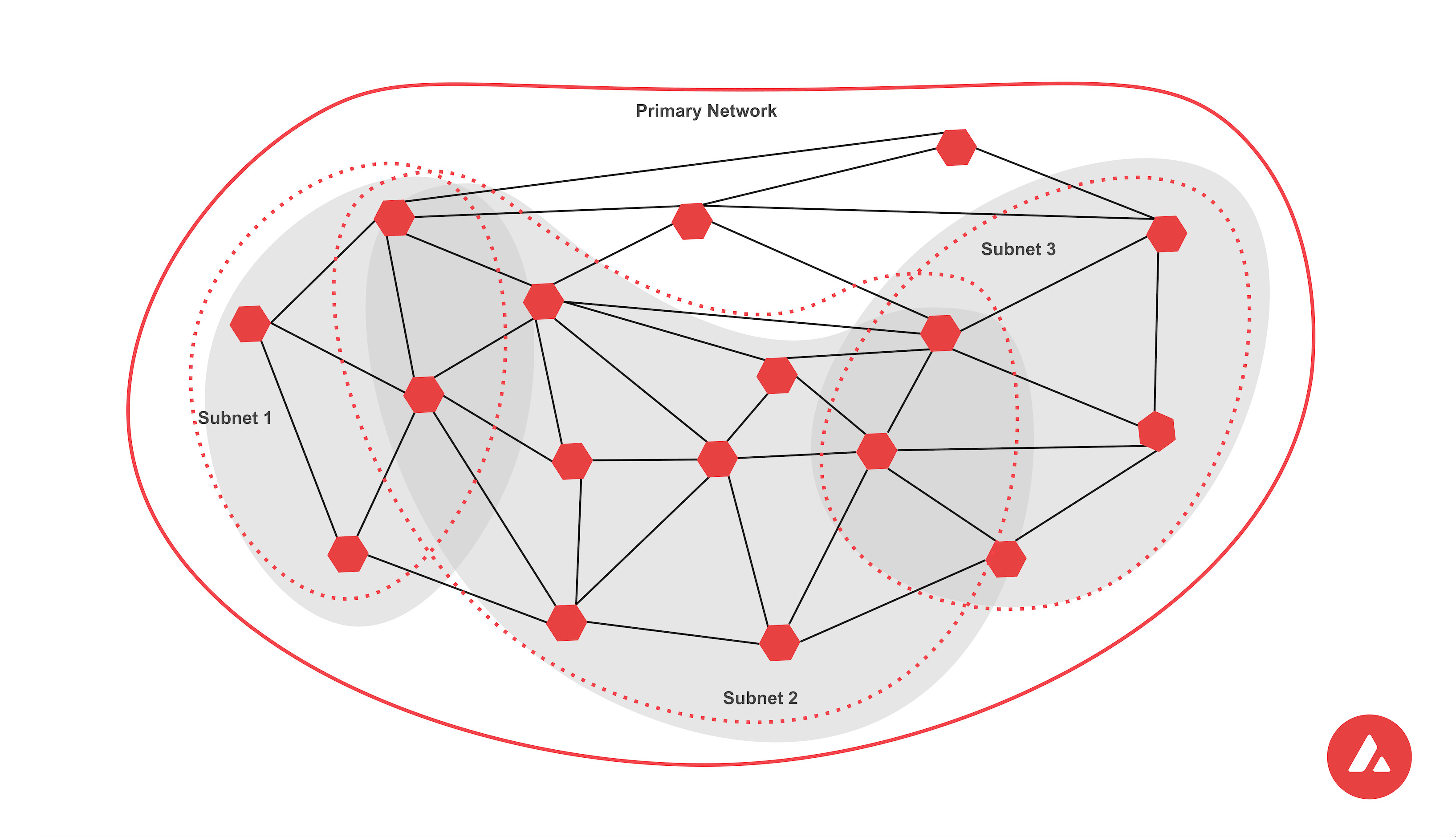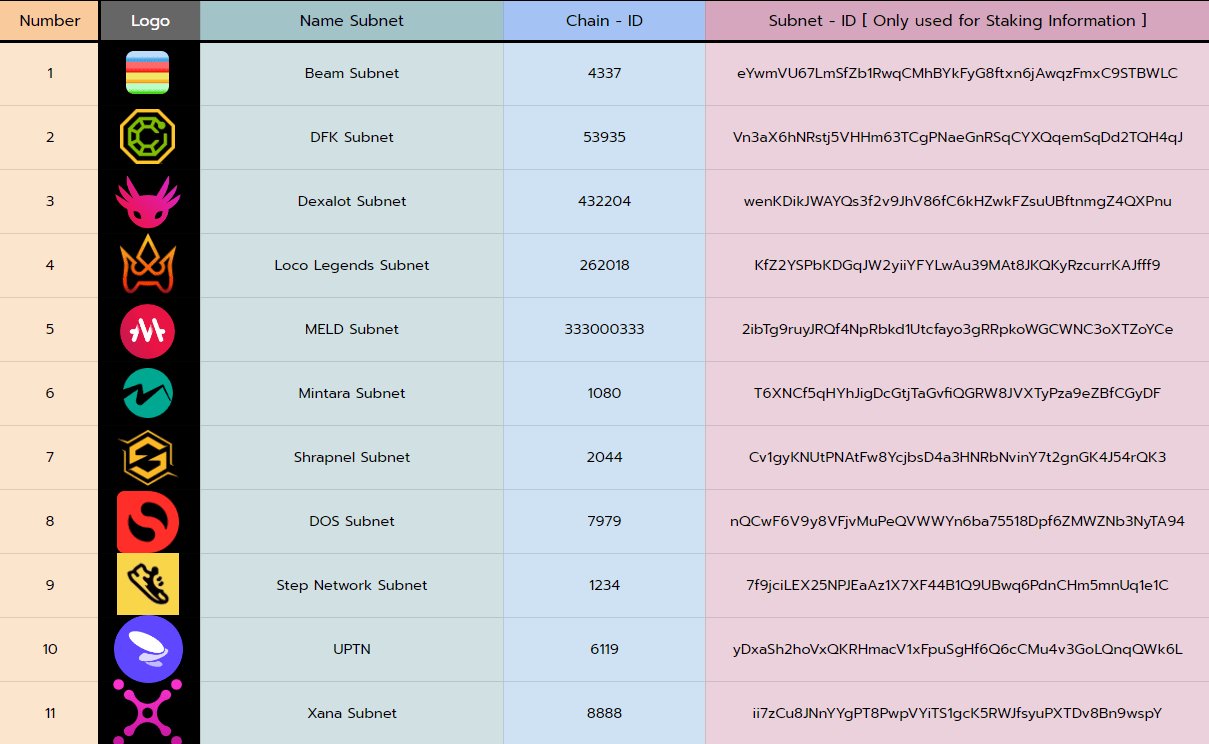Subnet Livequery Exploration
Using this base endpoint ( https://subnets.avax.network/ ) and this documentation ( https://docs.avax.network/reference/standards/guides/issuing-api-calls#making-a-json-rpc-request ), explore an Avalanche subnet and some basic high level metrics such as transactions, users, and blocks.

Avalanche is a blockchain platform that aims to address the blockchain trilemma of scalability, security and decentralization thanks to its unique Proof of Stake (PoS) mechanism.
Like Ethereum, Avalanche supports smart contracts to run decentralized applications (dApps) on its network. Since Avalanche’s smart contracts are written in the Solidity language also used by Ethereum, it aims to create greater blockchain interoperably by integrating a number of decentralized finance (DeFi) ecosystems, including well-established projects like Aave and Curve.
AVAX, the native token of the Avalanche platform, is used to power transactions in its ecosystem. AVAX serves as the means to distribute system rewards, participate in governance and facilitate transactions on the network by paying fees.
A Subnet is a sovereign network which defines its own rules regarding its membership and token economics. It is composed of a dynamic subset of Avalanche validators working together to achieve consensus on the state of one or more blockchains. Each blockchain is validated by exactly one Subnet, while a Subnet can validate many blockchains.
Avalanche's Primary Network is a special Subnet running three blockchains:
- The Platform Chain (P-Chain)
- The Contract Chain (C-Chain)
- The Exchange Chain (X-Chain)
We used LiveQuery from metrics.avax.network for showing data in this dashboard to explore subnets on Avalanche.
Subnet-ID is used for pulling data Staking Information , and Chain-ID are used to show data on active users, transactions, gas consumed, gas price, and cumulative activity.
The Cumulative Activity tab used live-query from the link mentioned above but used re-live query for faster showing data, and it is only available daily.
The re-live query codes are composed of:
- Cumulative Transactions
- Cumulative Number of Addresses
- Cumulative Number of Contracts Deployed
- Cumulative Number of Contract Deployer Addresses
We also added a field for changing the movement of the created chart on this dashboard, and it is named period, which has choices that consist of week, month, and day.
Lastly, those IDs of each subnet that we took from subnets.avax.network.
The staking information only pulls validators because the delegators are only for the primary network and not the subnet.

